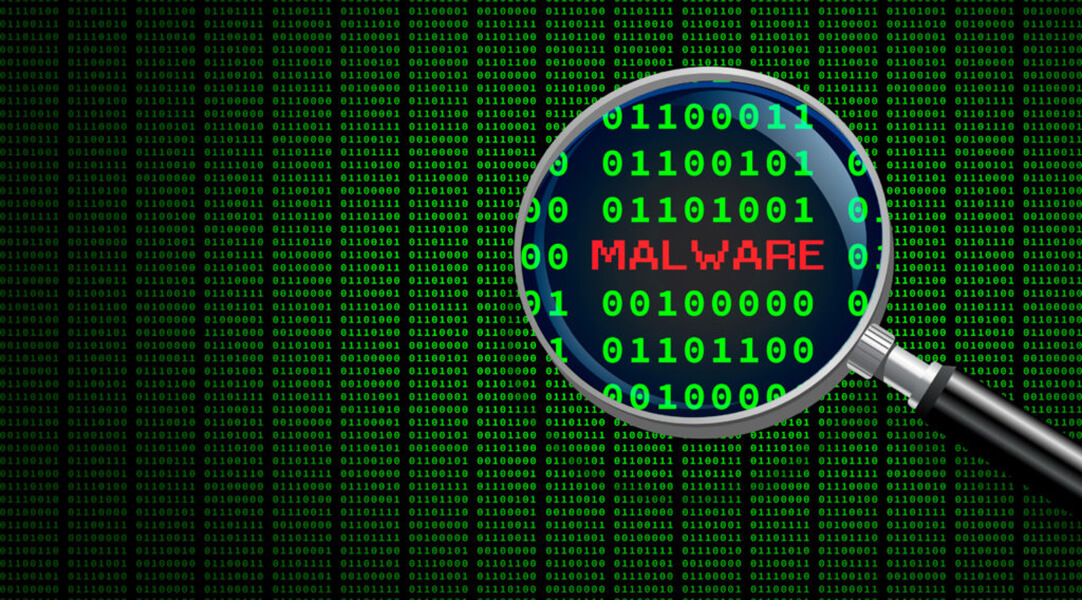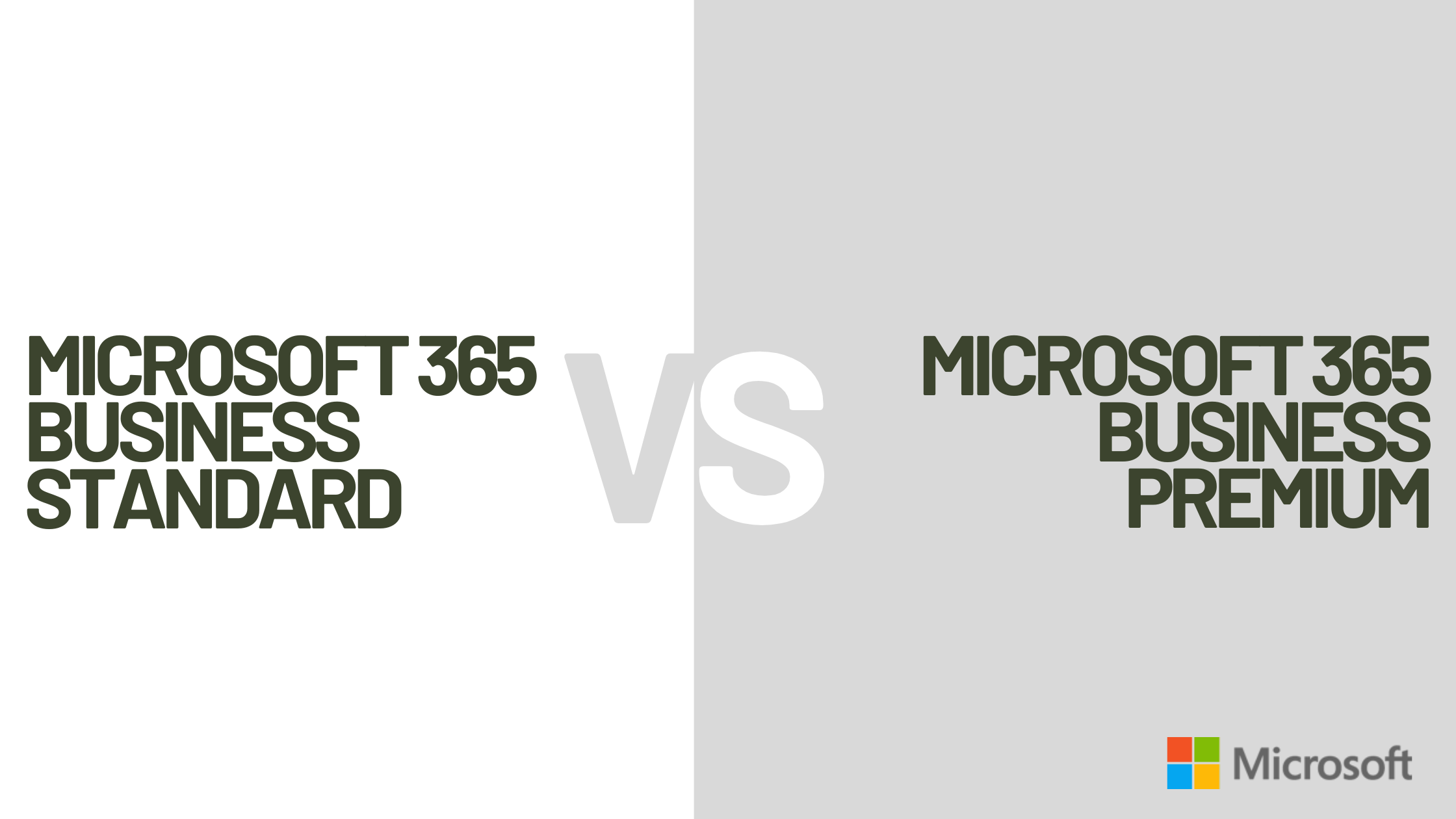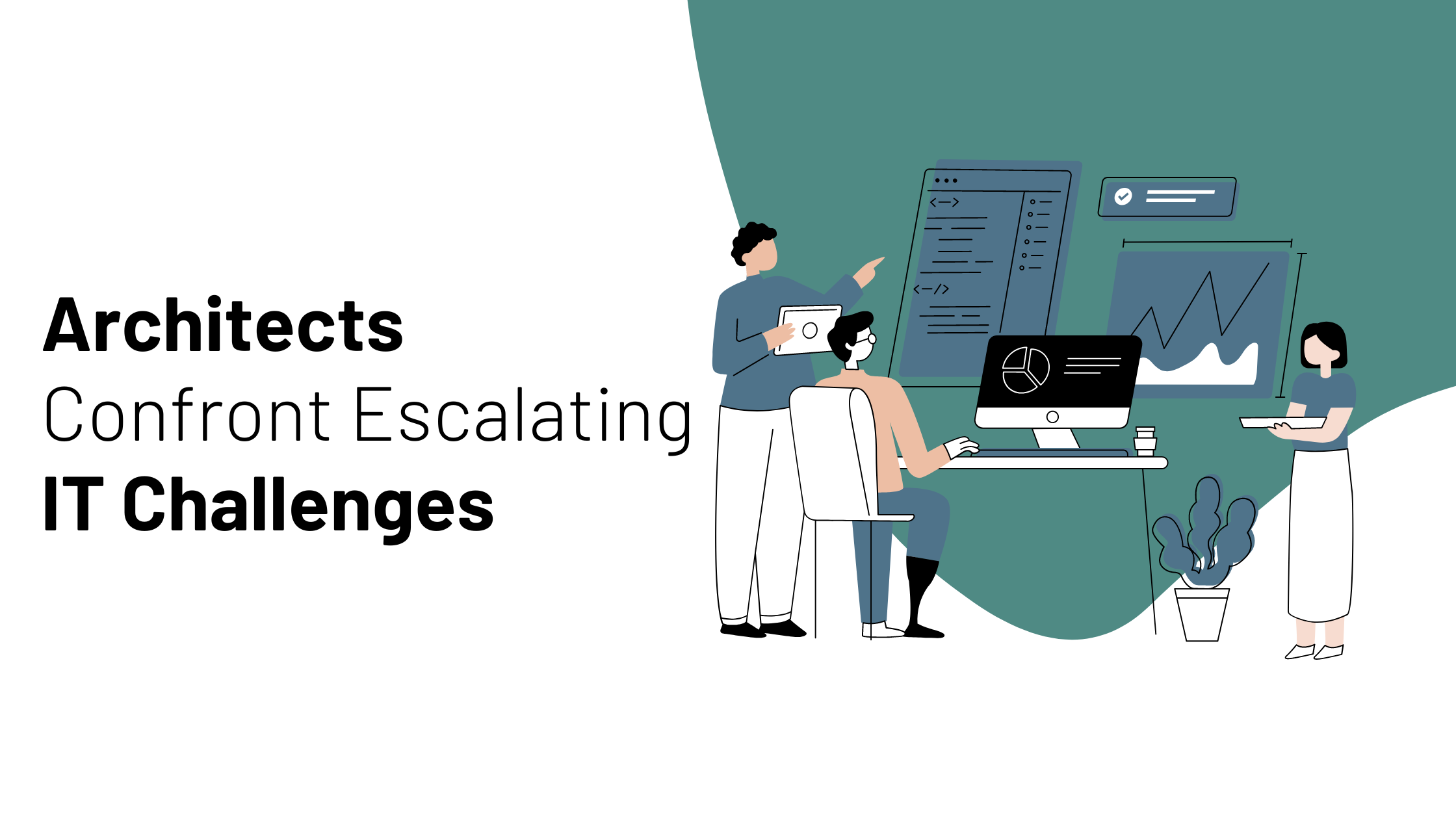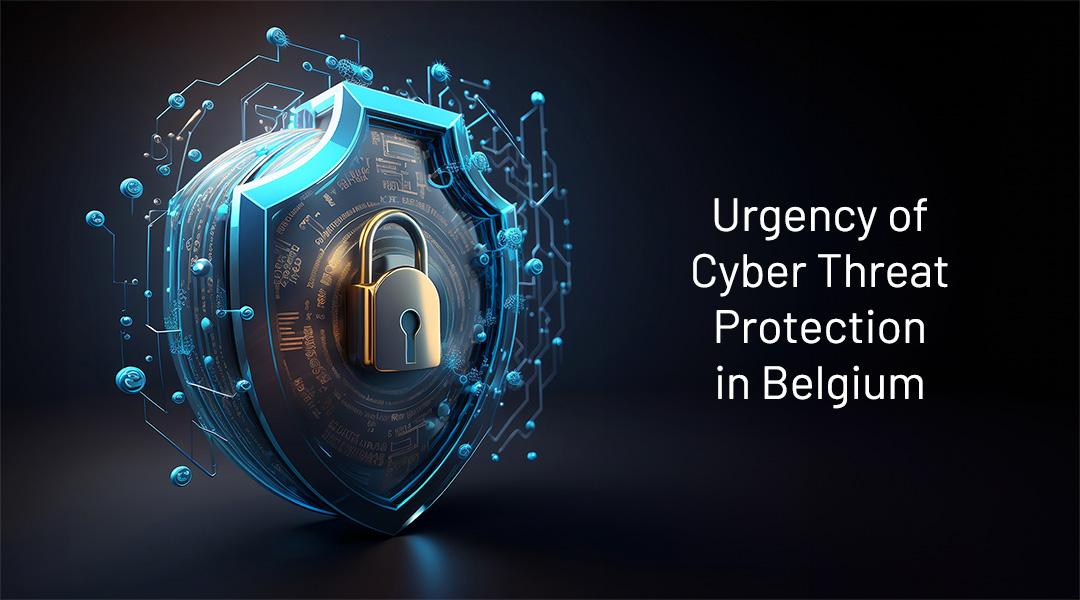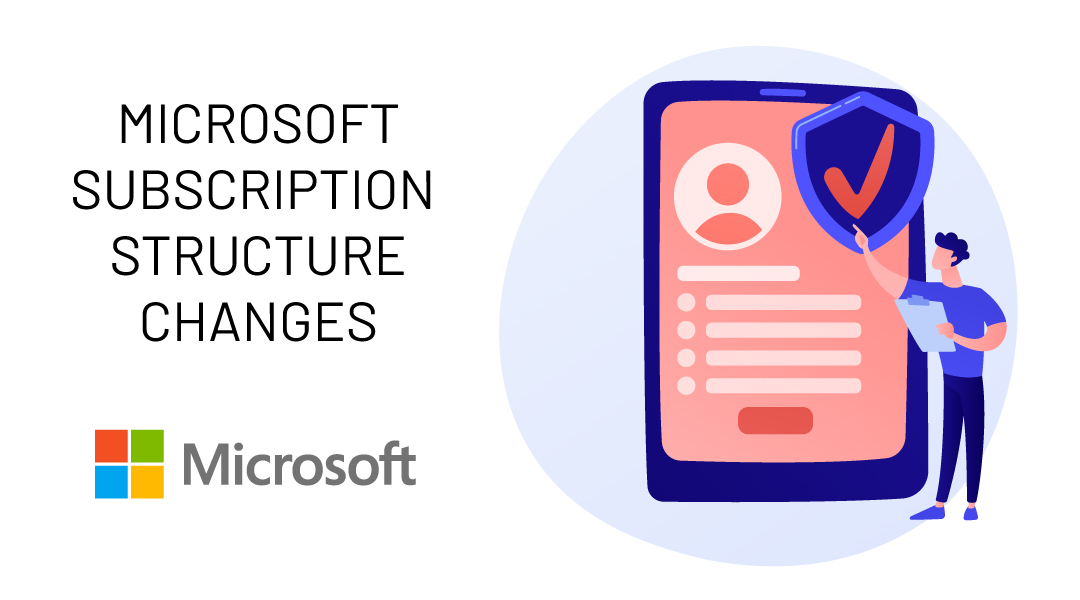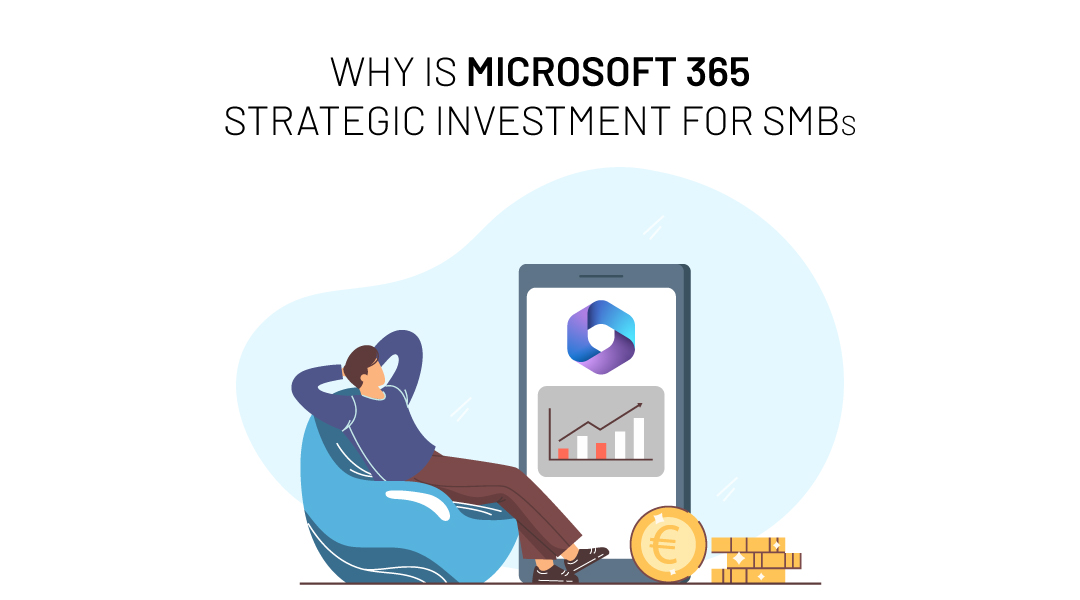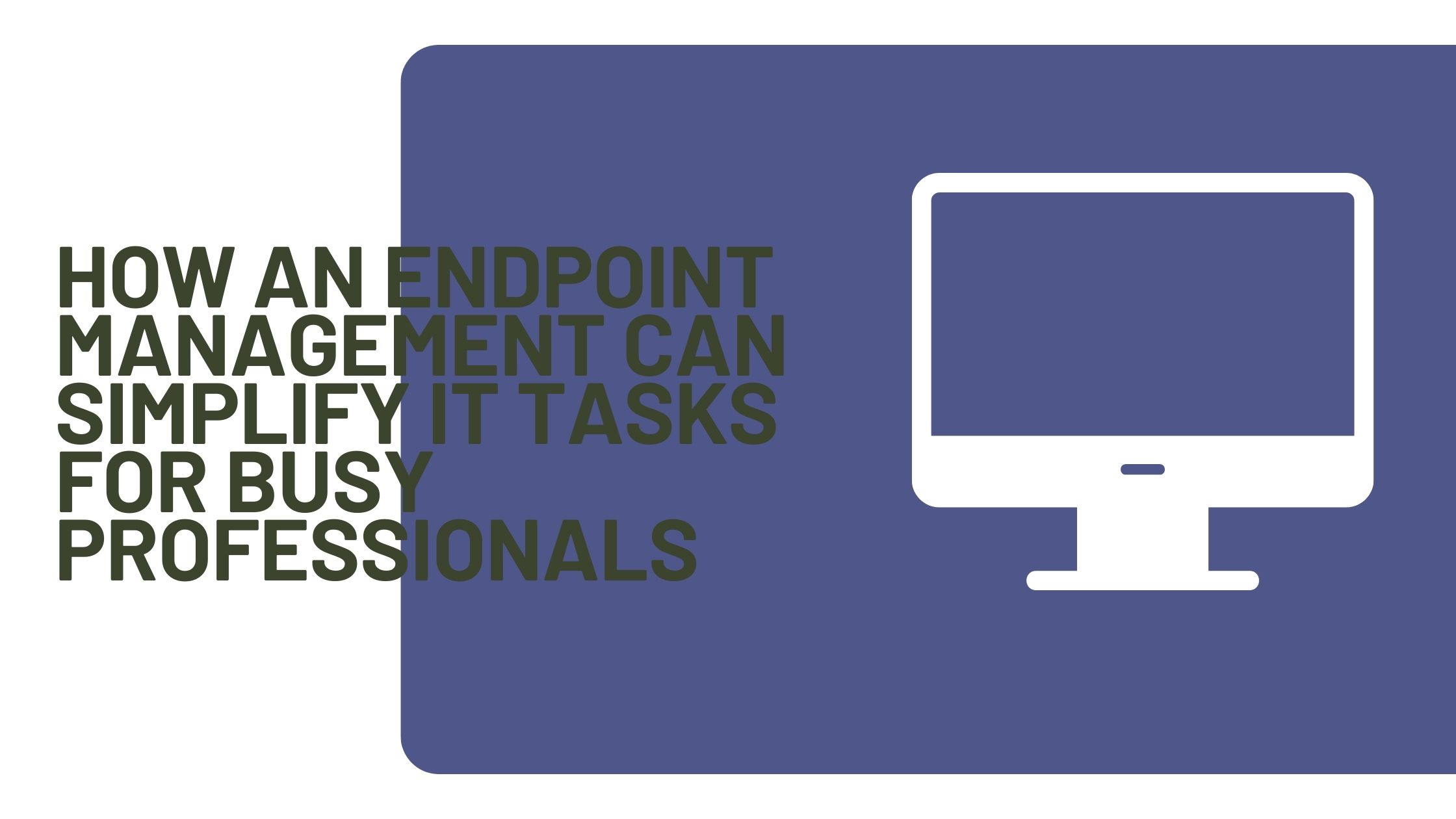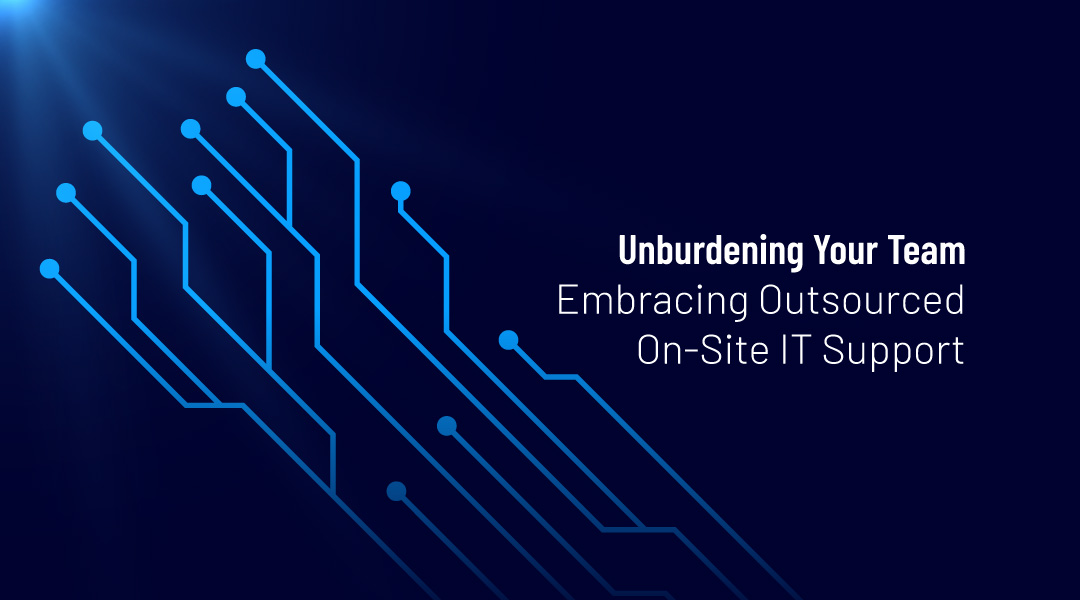When we are talking about the Malware of the future, ask most people to tell you what Artificial Intelligence (AI) is and you’ll likely get a blank stare or a stammered answer about computers beating Russian expert chess players.
The truth is that AI covers a lot of different topics and can mean a lot of different things in various industries. Everything from nailing down which type of customer to market a new brand, to a self-driving car figuring out the best route possible for a cross-country trip.
AI in malicious software, also known as malware, is a more frightening thought. This has cybersecurity experts on high alert.
The Malware of the Future – What is AI-driven Malware?
This type of malware plays by its normal rules, but the AI allows it to infect computers and make the attacks more efficient. “Dumb” malware deploys the same type of attack every time in every situation while its AI-powered can assess things about the system it is attacking. Whether or not it has antispyware software, if it has connections to other networks like the cloud, and can read keystrokes to try to pull passwords and usernames out of the memory banks.
The Malware of the Future – What Are its Capabilities?
AI-driven malware can do as much as its programmers equip it to. One example would be a worm with a limited memory capacity that could “remember” what actions it takes that trigger anti-spyware software on a computer. It could use this memory to figure out how to stop performing that action and trying a different route to infect more devices.
The Malware of the Future – Going Independent
The closest thing a piece of malware could be to the scary AI you so often see in movies is the power to operate independently. Normally when AI is deployed it is not alone in the job. There is usually a “command and control” server somewhere that the AI is reporting back to. This allows a hacker to see what the malware has discovered in a system. The problem for the hacker happens when that link back to the command center is discovered. But an independent piece of malware doesn’t need direction from an outside source. It can “think” for itself by making decisions based on what it observes inside your system. At this stage, it can also move forward to infiltrate your email contact list, even keystrokes from the last time you logged into your bank account.
How can ITAF help you?
If you need help with protecting your business and your brand, Contact ITAF. Our experienced security experts can help you with installing and maintaining some of the most effective protection against any security risks, training your employees, and helping to defend your business from the lasting effects of hacking attacks.

